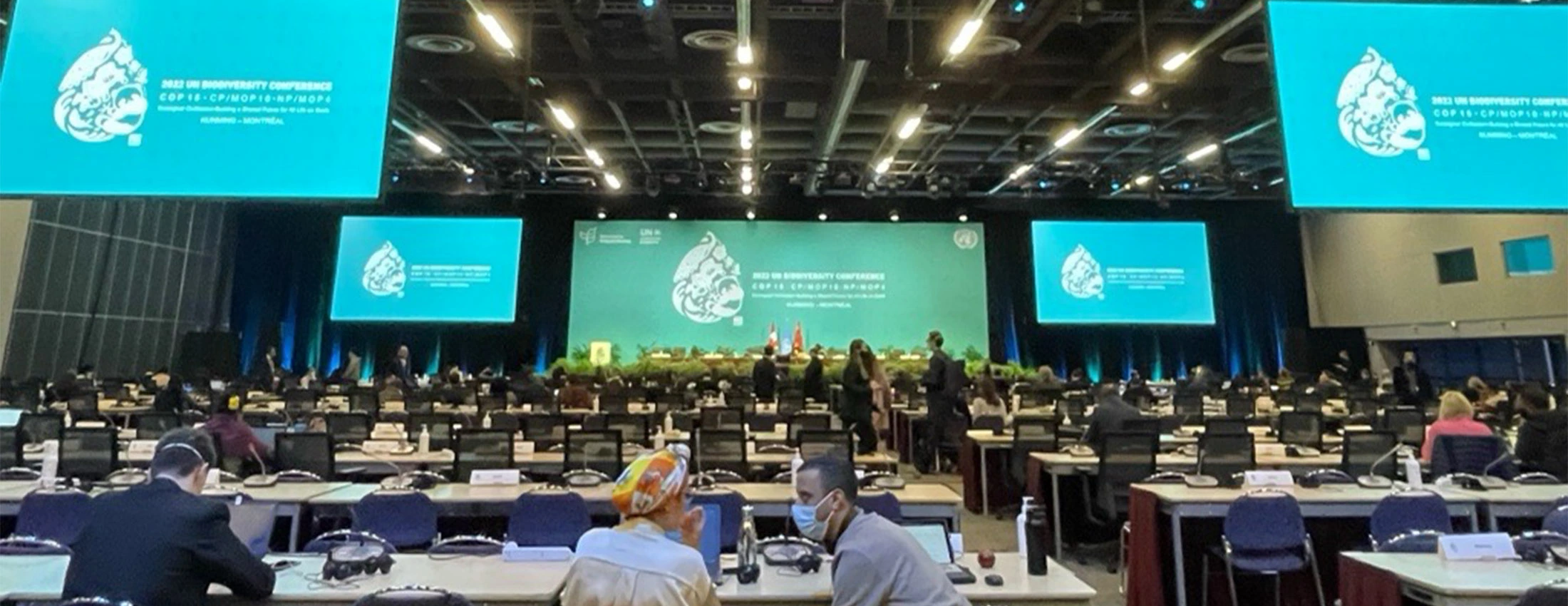Continued biodiversity loss poses a major risk to the private sector, rivaling that of climate change.
Climate change alters habitats and ecosystems; similarly, loss of biodiversity contributes to climate change and intensifies its effects. A 2020 World Economic Forum report found that over 50% of global GDP is moderately or highly dependent on biodiversity and maintaining the integrity of natural ecosystems.
Biodiversity loss poses a significant risk to businesses — while moving to nature-positive investments offers opportunity. Biodiversity fundamentally supports the benefits that businesses derive from natural capital and supports the critical ecosystem functions that ensure the delivery of business operations and productivity.
Without natural carbon sinks and properly functioning ecosystems, decarbonization efforts for a clean energy transition will become exponentially more difficult.
Companies that lead on biodiversity protection will have significant opportunities to benefit from
- new market development
- changes in consumer behavior
- secure access to capital
- potential operational synergies including reductions in raw material and energy costs.
AJW at COP-15
 To dive deeper into the impact of this issue on our clients, AJW sent Anna Schutt and Lynn Heller to The United Nations Convention on Biological Diversity (CBD), held in Montreal from December 7-19, 2022. The CBD’s 15th Conference of the Parties (COP-15) is the only piece of international environmental law focused on the conservation, sustainable use, and fair and equitable benefits sharing of biodiversity and genetic resources.
To dive deeper into the impact of this issue on our clients, AJW sent Anna Schutt and Lynn Heller to The United Nations Convention on Biological Diversity (CBD), held in Montreal from December 7-19, 2022. The CBD’s 15th Conference of the Parties (COP-15) is the only piece of international environmental law focused on the conservation, sustainable use, and fair and equitable benefits sharing of biodiversity and genetic resources.
The primary goal of COP-15 was to establish a post-2020 global biodiversity framework (GBF) following the Convention’s 2011-2020 Strategic Plan for Biodiversity.
The COP brought representatives from countries to a common place, and invited a wide variety of stakeholders from academia, indigenous and local communities, ENGOs, and the private sector to join in discussions. Each day was filled with negotiations and debates between countries on the text for the potential post-2020 GBF, as well as side events hosted by different stakeholder groups to raise awareness and catalyze conversation on a wide variety of biodiversity-related issues.
“30 x 30“
A historic agreement was made by nearly 200 nations to halt and reverse biodiversity loss by the end of the decade. The Kunming-Montreal Global Biodiversity Framework has four long-term goals and 23 action-oriented targets to be achieved by 2030.
COP-15’s Key Agreements:
- Colloquially known as 30 x 30, this highly publicized goal seeks to ensure that at least 30% of land and inland water areas are protected by 2030. Currently, 17% and 10% of the world’s terrestrial and marine areas are, respectively, under protection.
- The agreement includes a commitment to mobilize at least $200 billion per year by 2030 in financial flows from the public and private sectors. This target will contribute to providing adequate means of implementation, and secure and equitable access to all Parties, to close the biodiversity finance gap of $700 billion per year, aligning financial flows with the Framework and the 2050 Vision for Biodiversity.
Current efforts to develop international biodiversity accounting mechanisms and biodiversity standards for businesses will increase the opportunities and general demand for private sector action on biodiversity in the coming years.
Committing to becoming nature-positive means enhancing the resilience of our planet and societies to halt and reverse nature loss.


